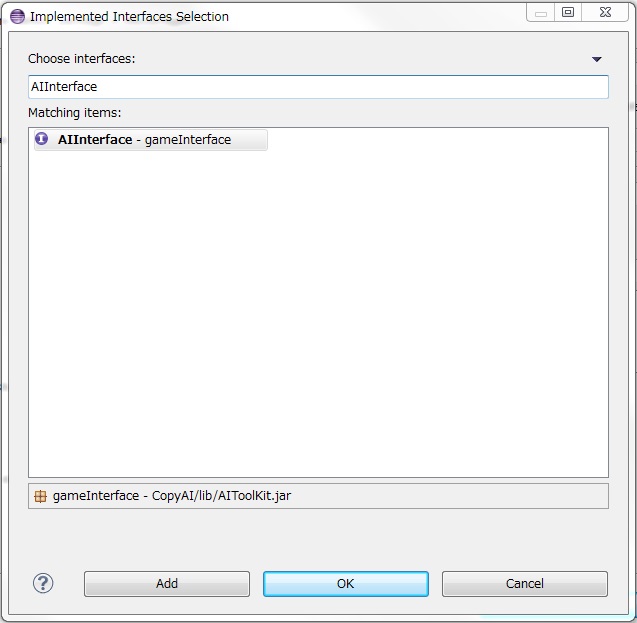

RenderableTextureĪ RenderableTexture renders a still image in. To free a Renderable r and its underlying Texture or Textures, call r.free(). In order to free a Texture t, call t.free().

When possible, it is wise to reuse Texture objects in order to conserve memory and processing power, and methods to do so are described later. Underlying RenderableTextures and Texts are one Texture object, which contains all the information about the image it renders.Īnimations contain a Texture for each image that it can render. To stop rendering a Renderable r, call Render(r).ĭo not call Render(r) without calling Window.render(r) first. Renderables are rendered on the screen in the order that they passed to Window.render().ĭo not call Window.render(r) multiple times before calling Render(r) first. To start rendering a Renderable r, call Window.render(r). Renderables have an x-coordinate, a y-coordinate, a width, a height, and a boolean indicating if they are currently rendered. There are three kinds of Renderables: RenderableTextures, Animations, and Texts. Graphics RenderableĮverything that is rendered on screen is composed of Renderables. Thus, App.update may be called multiple times per actual frame render. Time is measured in realtime and not by the number of frames that have been rendered. In order to prevent applications feeling even slower when the computer is unable to reliably render frames at the frame rate, See Input Usage for some possible requirements in App.update(). Your application should run by calling Driver.main().Īpp.java is the only file that is required to be edited.Īpp.java needs to have a public static void initApp() and a public static void update(). Then, put the included res and src folders into the project.ĭriver.update() calls the application loop, where App.update() is called at least once every frame before the frame is rendered. To set up this library, create a Java project that uses the LWJGL library. This is a library for creating an application with 2D graphics, audio, and user input built upon LWJGL.

This README.md is currently outdated due to the latest commit. LWJGL Graphics, Audio, and User Input Library


 0 kommentar(er)
0 kommentar(er)
